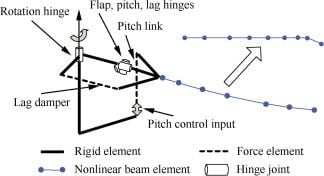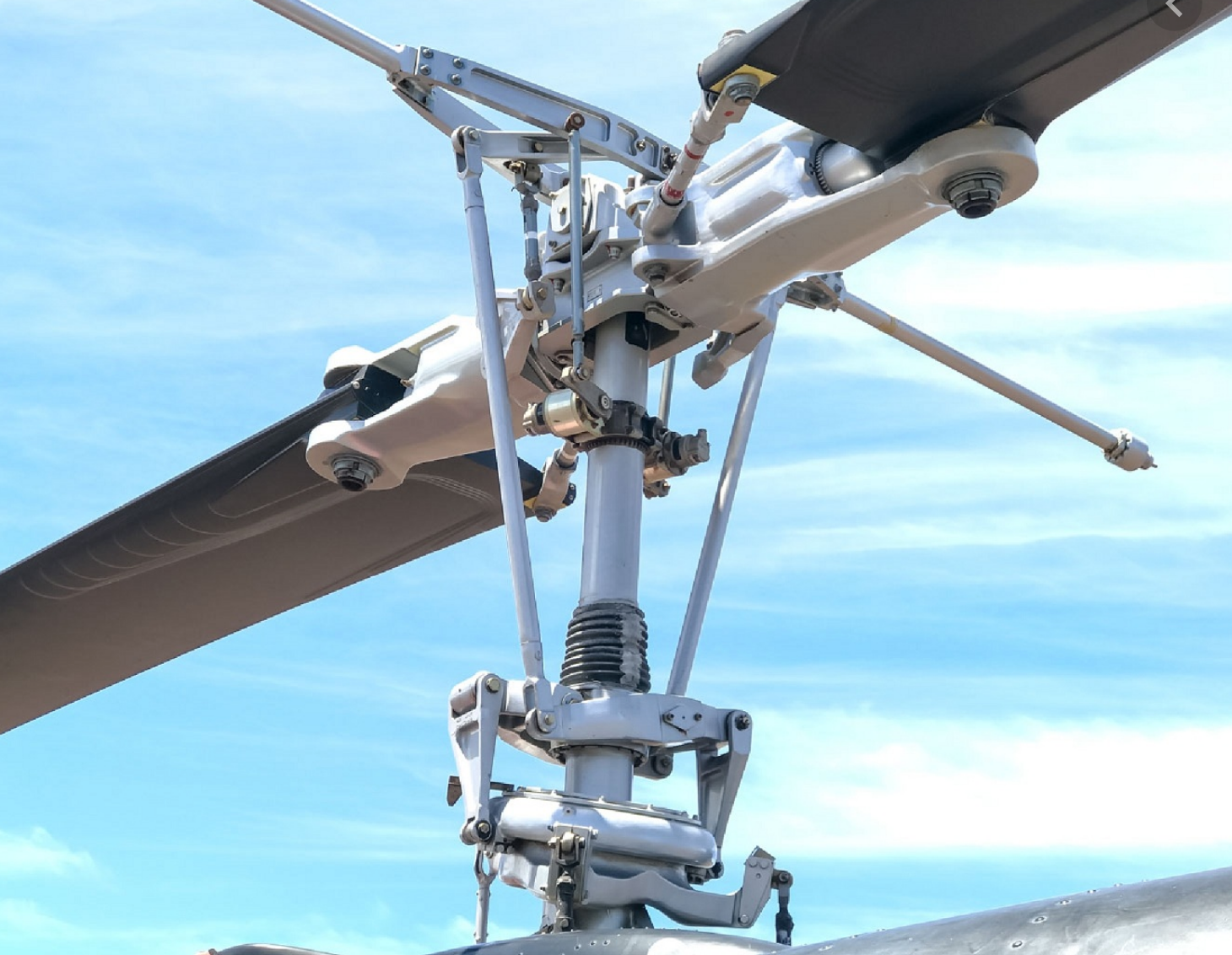Originally Posted by
megan
the usual cause of rotor separation due to mast bumping is a result of low "G'. In this case the rotor hits the mast at the nine o'šlock position and separates. Because the blade on the right is travelling forward and that on the left is travelling rearwards there is a dissymmetry of lift between the two blades, the right having greater and the left less, the disc then rolls left with respect to the fuselage and impacts the tail boom 90░ following separation ie .046 of a second after separation, rotor RPM being 324.
Megan, with you all the way up to the point of separation of the disc.
The disc is liberated from the mast usually at the 2nd strike of the shaft by the inner edge of the head, that is characteristic. At the instant the rotor mast fails, the disc is free to go it's own way. The wreckage I've reviewed has normally an intrusion of a blade into the cockpit, but not strikes on the boom. boom strikes and cutting of the boom have been seen with a gross cg shift from structural failure of the TR/TRGB. I've never seen any video of the instance of loss, if anyone has such video, it's probably not much fun for public presentation but would be worth looking at. I would suspect that the blade intrusion would occur from a pitch up of the fuselage due to the horizontal stab down force acting on the aircraft without the opposing nose down moment from the rotor.
Low g mast bump results from induced roll from the asymmetric thrust line of the TR which is above the CGz of the system. The low thrust results in increased flapping if opposing cyclic is applied to negate the roll, vs the correct recovery of loading the disk up with aft cyclic.
Not being difficult, just would be interested in any details that would otherwise describe why in mast bump cases blade impact into the cockpit is usually seen. Prouty, Johnson, Stepniewski & Keys, or Leishman give the dynamics for when there is a shaft connected, but nothing covers the disconnected case. Your comment on dissymmetry is definitely the case up to the point of failure, thereafter... best seen from a distance. If considered as a gyroscope, then the disc forward velocity would continue to give a different velocity to the advancing and retreating blades, which would suggest a precession outcome which would be a flap back of the disc. at the point of failure, as has also been suggested, the shift fails but the pitch links for a moment will remain attached until overloaded, and the input to the cyclic blade angle would be dependent on whether the control horns lead or lag the blade. The image below shows a blade and links, as does the photo of the head. if the head is released from the shaft, then then both pitch links are going to be reducing blade pitch by almost the same amount... The advancing blade will have higher resultant aerodynamic forces and going to a negative pitch is going to reverse the direction of flapping momentarily. musing out loud.. If the blade chops the tail off, then the flap back is the mechanism. If the blade goes through the overhead, then the pitchlink reversing flapping may be the process.

(Sun, Tan, Wang, 2013)

Tao Sun, Jianfeng Tan, Haowen Wang, Investigation of rotor control system loads, Chinese Journal of Aeronautics, Volume 26, Issue 5, 2013, Pages 1114-1124, ISSN 1000-9361,
https://doi.org/10.1016/j.cja.2013.07.029.